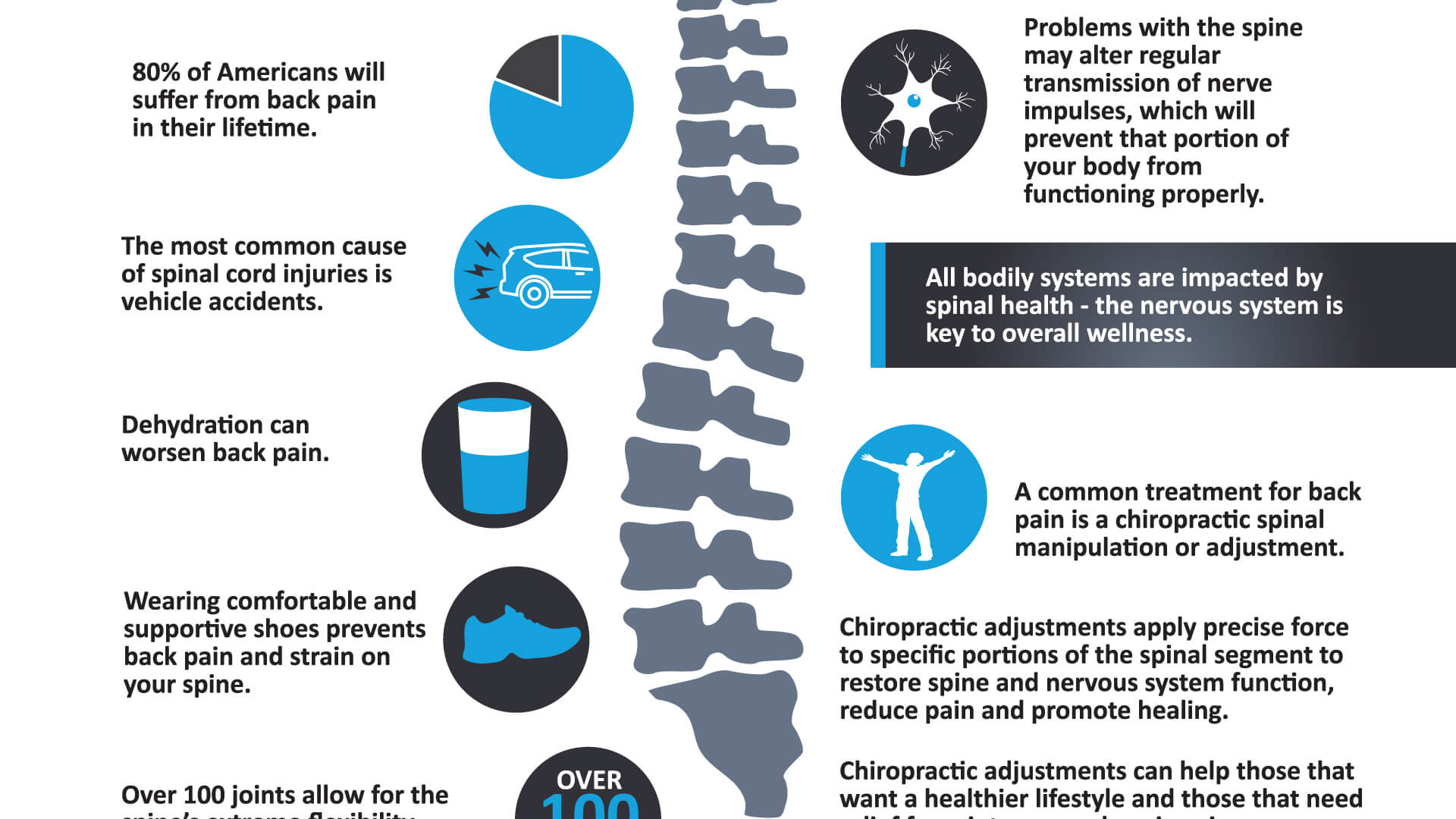Decoding The Scientific Research Of Cold Laser Therapy: Exploring Its Mechanisms And Repercussions
Decoding The Scientific Research Of Cold Laser Therapy: Exploring Its Mechanisms And Repercussions
Blog Article
Article Developed By-Jespersen Roman
You may have become aware of cold laser treatment as a promising treatment choice for various conditions, however have you ever before questioned exactly how it actually services a cellular degree? Understanding the devices behind this treatment can shed light on its effectiveness in promoting recovery and lowering inflammation. By exploring https://car-accident-chiropractor95061.frewwebs.com/30787155/is-cold-laser-therapy-beneficial-for-everybody behind cold laser treatment, you'll get understandings right into the interesting ways in which light can affect mobile processes and help with tissue repair work.
Just How Cold Laser Treatment Functions
To recognize just how cold laser therapy works, you need to realize the basic concepts of just how light power connects with organic tissues. Cold laser therapy, likewise referred to as low-level laser therapy (LLLT), utilizes specific wavelengths of light to penetrate the skin and target underlying cells. Unlike the intense lasers used in operations, cold lasers send out reduced degrees of light that do not create warm or create damages to the tissues.
When these gentle light waves get to the cells, they're taken in by elements called chromophores, such as cytochrome c oxidase in mitochondria. This absorption sets off a series of organic responses, including raised mobile power manufacturing and the release of nitric oxide, which boosts blood flow and decreases swelling.
Furthermore, the light energy can additionally stimulate the production of adenosine triphosphate (ATP), the energy currency of cells, helping in mobile fixing and regeneration procedures.
Fundamentally, cold laser treatment harnesses the power of light energy to advertise healing and reduce pain in a non-invasive and mild way.
Devices of Activity
Exactly how does cold laser treatment in fact work to generate its therapeutic effects on biological tissues?
Cold laser therapy, also referred to as low-level laser treatment (LLLT), runs via a process referred to as photobiomodulation. When recommended site is applied to the skin, the light energy penetrates the cells and is absorbed by chromophores within the cells.
These chromophores, such as cytochrome c oxidase in the mitochondria, are then promoted by the light power, resulting in a cascade of biological reactions. One key mechanism of activity is the improvement of mobile metabolism.
The absorbed light power enhances ATP production in the mitochondria, which is important for cellular function and repair. Additionally, cold laser therapy helps to decrease swelling by preventing inflammatory arbitrators and advertising the release of anti-inflammatory cytokines.
This anti-inflammatory effect contributes to discomfort alleviation and tissue healing.
Healing Impacts
Comprehending the therapeutic effects of cold laser therapy includes recognizing how the improved mobile metabolism and anti-inflammatory properties add to its favorable end results on organic tissues.
When the cold laser is applied to the affected area, it stimulates the mitochondria within the cells, resulting in enhanced manufacturing of adenosine triphosphate (ATP), which is crucial for mobile function and fixing. This boost in cellular energy speeds up the healing procedure by advertising tissue regrowth and minimizing swelling.
In addition, the anti-inflammatory residential properties of cold laser therapy help to decrease pain and swelling in the targeted location. By hindering inflammatory moderators and advertising the release of anti-inflammatory cytokines, cold laser therapy aids in minimizing discomfort and enhancing the general healing response.
This reduction in swelling not only supplies immediate alleviation but also supports long-term tissue fixing.
Conclusion
To conclude, cold laser therapy works by boosting cellular repair and cells regeneration via photobiomodulation. Its anti-inflammatory homes supply pain alleviation and reduce swelling by preventing inflammatory conciliators.
This therapy uses an extensive method to healing, delivering both immediate alleviation and long-term tissue repair service advantages.
Through its devices of action, cold laser therapy confirms to be a reliable and encouraging treatment alternative for a range of conditions.
